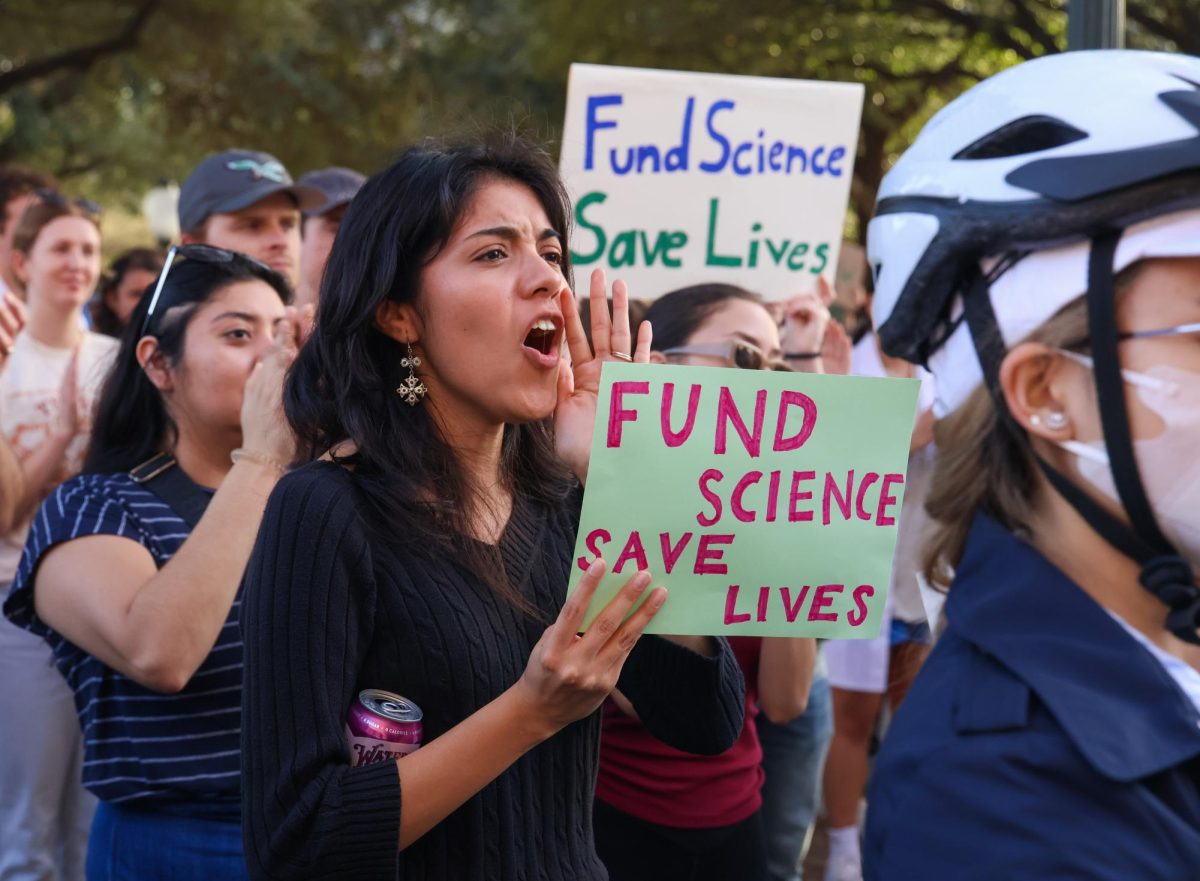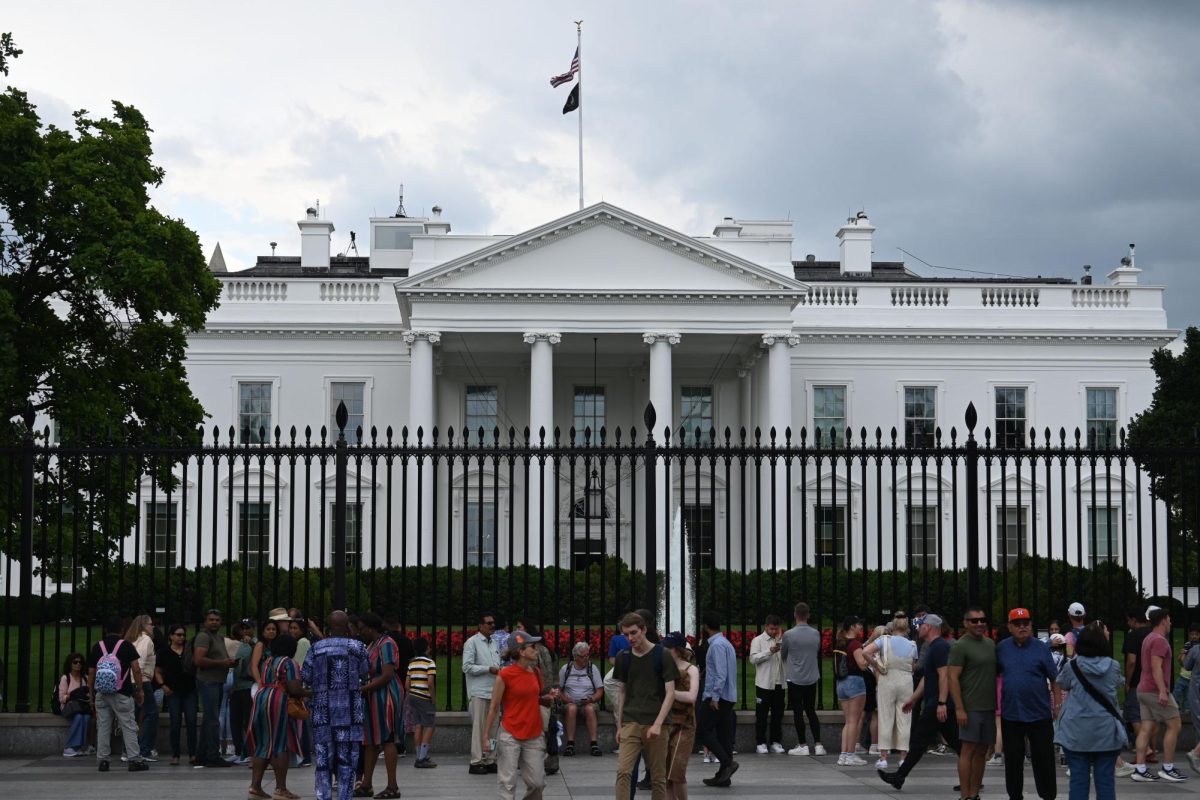Operation “Gang Crusher,” an initiative of the Austin Police Department, targeted 40 criminals affiliated with Austin area gangs
last week.
Using a federal grant, APD formed a FBI task force in the summer of 2010 and used undercover narcotic purchases that led to 31 state charges and 11 federal charges, APD announced on March 31.
“All gangs present some kind of threat: Some are more into prostitution, some are more into drugs, but they’re all are interested in money,” said APD Lt. Norris McKenzie.
Police targeted suspects based on their gang affiliations and extensive violent criminal histories. The previous charges of the individuals captured include murder, aggravated sexual assault, sexual assault of a child, aggravated assault with a deadly weapon, terroristic threat and deadly conduct, according to APD.
McKenzie said the initiative hopes to send a message to gangs and to cut down on gang violence and drug offenses. Police Chief Art Acevedo said he does not want Austin’s gang situation to turn into a serious threat similar to Los Angeles or Houston, McKenzie said.
Although Austin’s situation is far from a turf war, a permanent gang presence — including offshoots of the Bloods and Crips and members of Texas prison gangs — appeared in the 1980s because of crack cocaine and a growing Mexican drug market, McKenzie said.
“Austin is no different from the rest of the U.S.,” McKenzie said. “An increase in gang activity is hard to judge because the gangs always existed, yet nobody knows how many there really are until they’re prosecuted.”
Michelle Lyons, Texas Department of Criminal Justice spokeswoman, said there are 12 recognized gangs or security threat groups within the Texas prison system. Operation “Gang Crusher” targeted the Aryan Brotherhood, the Bloods, the Crips, the Latin Kings and Tango Blast.
As of December 2010, confirmed membership to the 12 gangs totaled 9,900 inmates of a total inmate population of 156,000, or just over 6 percent. The racial breakdown of Texas prison gangs is 17 percent white, 36 percent black and 47 percent Hispanic, Lyons said.
“Some people buy into the idea that [gang membership] offers them protection, but what they don’t realize is that it paints an even bigger target on their back,” she said.
Furthermore, an additional 4,400 inmates are affiliated with cliques — unstructured groups formed along regional rather than racial lines, Lyons said.
Lyons said the department has seen the number of gang-affiliated inmates decline somewhat over the years because of its initiatives. These include restricted housing and the Gang Renouncement and Disassociation Process, which helps former gang members sever ties with the groups.
APD Gang Suppression Unit Detective Zack Gorbet said kids get involved with gangs now for the same reasons they have in the past, including a need to belong and praise in place of punishment for bad behavior.
“It’s also now a status symbol. As a culture we’ve embraced the thug lifestyle,” Gorbet said.
Gorbet said juvenile gangs do not pose a calculated threat, whereas adult gang members are not just in it for the association and become career criminals, responsible for the most violent crimes and the most property crimes in Austin.
“Most [juvenile gang members] grow out of it within a few years, but some don’t and get used to the lifestyle,” he said. “Some already are used to it as second- or third-generation gang members.”
——————————————————————————–




















